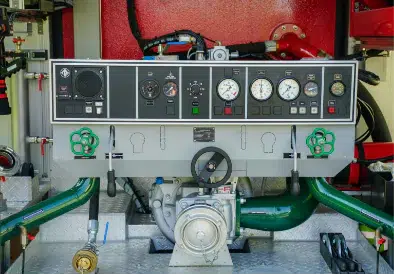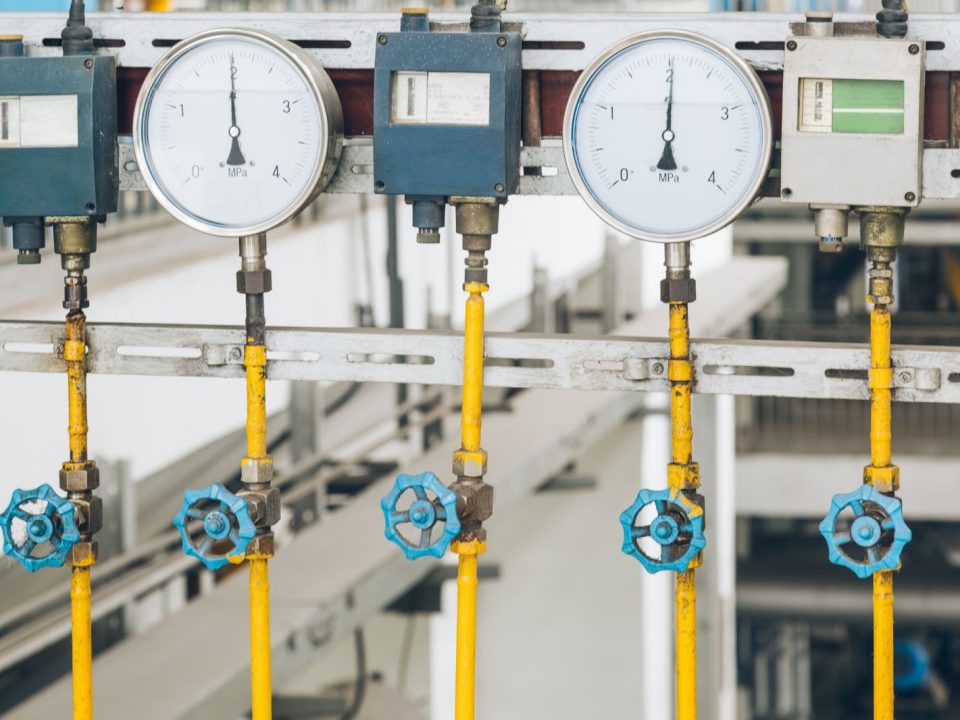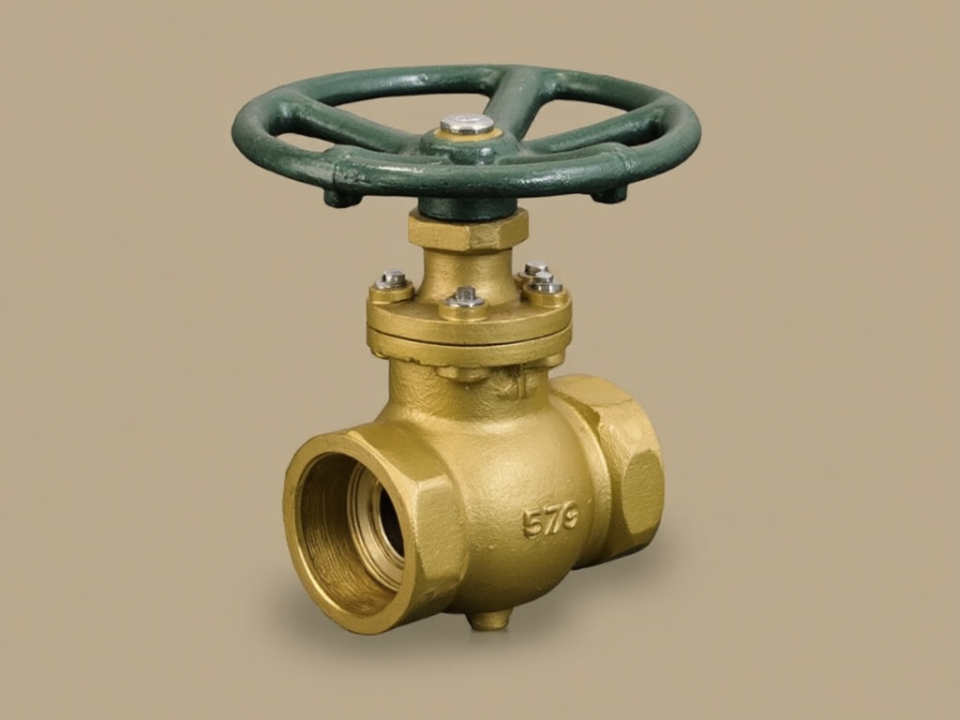When you think about controlling the flow of fluids in any system—whether it’s in industrial machinery, laboratory setups, or household plumbing—you’re talking about valves.
But the big question is: how do you know which one you actually need?
Needle valves shine in systems requiring fine adjustments, while ball valves excel in handling high-pressure flows and quick shutoffs.
This article will guide you through their differences, helping you understand the strengths of each type and making it easier for you to choose the right one for your setup.
What is a Needle Valve?
A needle valve is a precision valve that allows for finely tuned control of fluid flow. It’s commonly used in low-flow applications where accuracy is crucial, such as in laboratory experiments or hydraulic systems.
What is Another Name for a Needle Valve?
Needle valves are sometimes referred to as plunger valves because their internal mechanism involves a needle-like plunger that controls fluid flow.
The Main Function of a Needle Valve
The main function of a needle valve is to regulate flow with precision. This capability makes it ideal for applications where small changes in flow can have significant effects, such as chemical dosing or calibration systems.
How Does a Needle Valve Work?
Needle valves use a slender, needle-shaped plunger that fits tightly into a small seat. By rotating the handle, you can move the plunger in and out, adjusting the size of the opening and, consequently, the flow rate.
This gradual and precise mechanism ensures excellent flow control, especially in low-pressure systems.
What is a Ball Valve?
A ball valve is a robust and versatile valve that uses a spherical ball with a central hole to regulate fluid flow. Its simple design allows for quick and reliable on/off control, making it suitable for high-pressure systems.
Industrial ball valves are widely used in industries like oil and gas, plumbing, and HVAC systems. They are valued for their durability, ease of use, and ability to handle large volumes of fluid without leakage.

Act now and ensure top-quality flow control—order your industrial ball valves today!
Needle Valve vs Ball Valve: Key Differences
Here’s a quick overview of the primary differences between the two:
| Feature | Needle Valve | Ball Valve |
| Design | Uses a tapered needle and a small opening | A spherical ball with a central hole |
| Functionality | Precise flow control | Quick on/off control |
| Applications | Low-flow, precision systems | High-pressure, high-flow systems |
| Flow Rate Control | Gradual adjustments | Not ideal for fine control |
| Durability | Moderate, based on materials | High, suitable for heavy-duty applications |
| Pressure Tolerance | Moderate to high | High-pressure systems |
Design and Mechanism
Needle valves rely on a needle-shaped plunger to control flow, allowing for gradual and precise adjustments.
Ball valves, on the other hand, feature a spherical ball with a hole that aligns with the flow path when open. This design makes ball valves simple and efficient for on/off operation.
Functionality and Flow Control
The main function of a needle valve is to offer fine control over fluid flow, making it indispensable in instrumentation and calibration systems.
Ball valves prioritize simplicity, allowing for rapid open/close operations without detailed flow adjustments.
Applications
Needle valves are often used in:
- Instrumentation systems
- Gas or fluid sampling setups
- Calibration and testing equipment
Ball valves are preferred for:
- High-pressure pipelines
- Industrial machinery
- Household water shutoff systems
Flow Rate and Pressure
Needle valves are designed for low-flow precision applications, whereas ball valves excel in handling high-pressure and high-flow scenarios.
For systems requiring immediate flow shutoff, ball valves are more effective.
Durability and Maintenance
Ball valves are known for their durability, often made from materials like stainless steel or brass, which resist corrosion and wear.
Needle valves, while precise, may require more frequent maintenance, especially in systems with abrasive or corrosive fluids.
When to Use a Needle Valve vs a Ball Valve?
Choosing between a needle valve and a ball valve depends on your system’s needs, such as flow control, pressure handling, and speed of operation. Here’s when each valve type is most effective.
When to Use a Needle Valve
Needle valves are ideal for applications that require fine adjustments to flow rates, especially when dealing with low-flow systems.
Calibration and Testing
In laboratories or industrial tests, needle valves allow precise control to ensure accurate measurements when calibrating instruments, such as flow meters or pressure gauges. This precision is crucial for achieving accurate results in controlled environments.
Chemical Dosing
Needle valves are commonly used in systems that require controlled dosing of chemicals. They provide accurate flow control, ensuring that only the exact amount of chemical is introduced, which is crucial in industries like water treatment, pharmaceuticals, and food processing.
Low Flow Systems
When working with systems that require the management of very small flow rates—such as gas sampling or fluid measurement—needle valves ensure the flow remains consistent and manageable. They offer tight regulation of fluid movement, even at very low levels.
When to Use a Ball Valve
Ball valves are designed for applications requiring quick on/off control and handling high pressures or large volumes of fluid.
Industrial Pipelines
In industries such as oil, gas, and chemicals, ball valves are used in pipelines to control the flow of fluid or gas. Their durable construction allows them to perform reliably under high pressures, ensuring long-term performance without frequent maintenance.
High-Flow Systems
Ball valves are perfect for managing high-flow systems, such as water distribution or HVAC systems. They allow fluid or gas to move quickly through the system, while their robust design ensures they can handle the high-pressure environments typical in such systems.
Emergency Shutoff
When fast action is needed in emergencies, ball valves are the go-to choice. Their quick shutoff capability, achieved through a simple 90-degree turn, makes them an ideal choice for controlling dangerous flows in systems where an immediate response is necessary, such as in power plants or chemical facilities.

Would You Like to Learn About Comparisons Between Other Industrial Valves?
Needle Valve vs Ball Valve FAQs
Is a Needle Valve a Ball Valve?
No, a needle valve is not a ball valve. They differ in design, function, and application. Needle valves are for precise flow control, while ball valves are for quick on/off operations.
What is the Advantage of a Needle Valve?
The primary advantage of a needle valve is its ability to offer precise control over flow rates, making it ideal for sensitive applications like instrumentation or chemical dosing.
Can Needle Valves Handle High Pressure?
Yes, needle valves can handle high pressure, but they are best suited for low-flow applications. They may not be as effective as ball valves in high-flow, high-pressure systems.
What is a Needle Valve Particularly Suitable For?
A needle valve is particularly suitable for applications requiring exact flow adjustments, such as in laboratory experiments, gas sampling, or fine calibration setups.
Does a Ball Valve or Needle Valve Have Better Flow Control?
For detailed flow adjustments, needle valves are better. Ball valves are more suitable for systems where quick on/off control is needed but lack precision in regulating flow.
Needle Valve vs Ball Valve: Conclusion
The choice between a needle valve and a ball valve boils down to your system’s specific needs.
The main function of a needle valve is to provide precise control over flow, making it invaluable in instrumentation and calibration setups.
Ball valves, with their robust design and quick operation, are perfect for high-pressure and high-flow systems.
Understanding these differences ensures you select the right valve for efficient and reliable system performance.




